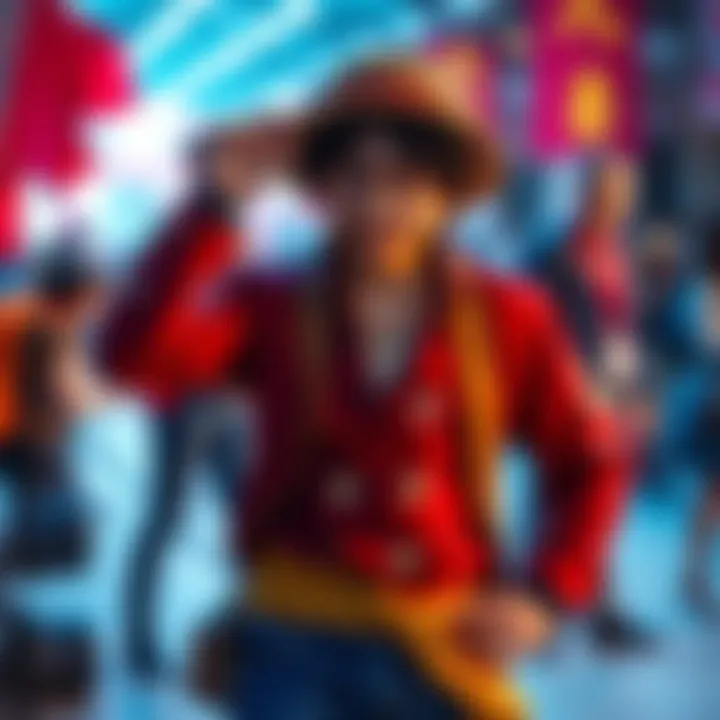Luffy Cosplay Sparks Controversy | Fans Question Accuracy

A recent cosplay post featuring a rendition of Luffy from One Piece has ignited fierce debates among fans. Many are expressing disappointment over the lack of detail, including the absence of the character’s signature scar. This criticism reflects a broader concern about authenticity and quality standards in cosplay.
The Center of Attention
The cosplay, intended to celebrate a beloved anime character, received a mixed reception. Critics wasted no time in voicing their frustrations.
"Where is the scar at?" one commenter asked, echoing the sentiments of many who believe that such details are essential to portrayals of iconic characters.
Some commentators went further, questioning the very nature of the image. "This looks like Kuchiki Rukia's drawings," remarked one, suggesting a disconnect in artistic representation.
Core Themes from User Reactions
The feedback reveals three primary themes:
Detail Counts: Many fans feel passionate about accuracy, highlighting critical elements like Luffy's scar.
AI Discussions: Speculation surrounding the image being AI-generated is rampant. Comments pointing out editing flaws, like the absence of a visible thumb in the hand, contribute to this narrative.
Artistry vs. Realism: While some applaud the overall aesthetics, claims of low effort resonate with a significant portion of the community.
"AI doe," a user boldly asserted, reflecting concerns that the image may lack human artistry.
Sentiment and the Future of Cosplay
As discussions unfold, it's clear that sentiment is divided. While some fans commend the creativity, others feel let down by perceived shortcuts in the craft. The resulting tension may push cosplayers to prioritize finer details and authenticity moving forward. With calls for elevated standards growing louder, conventions might soon see a shift.
Key Highlights
🔺 "The hand she is using to lean on the table Where is it?"
⚠️ "Curiously, this is leading to arguments about AI influence."
🎭 "A fake fan alert, for sure!"
With such intense feelings surfacing over a simple cosplay, there’s potential for a broader dialogue on what fans expect from their beloved characters. Will the pressure for accuracy drive artistic growth, or create an environment where creativity suffers? Only time will tell.
